Published Date: Feb 20, 2023
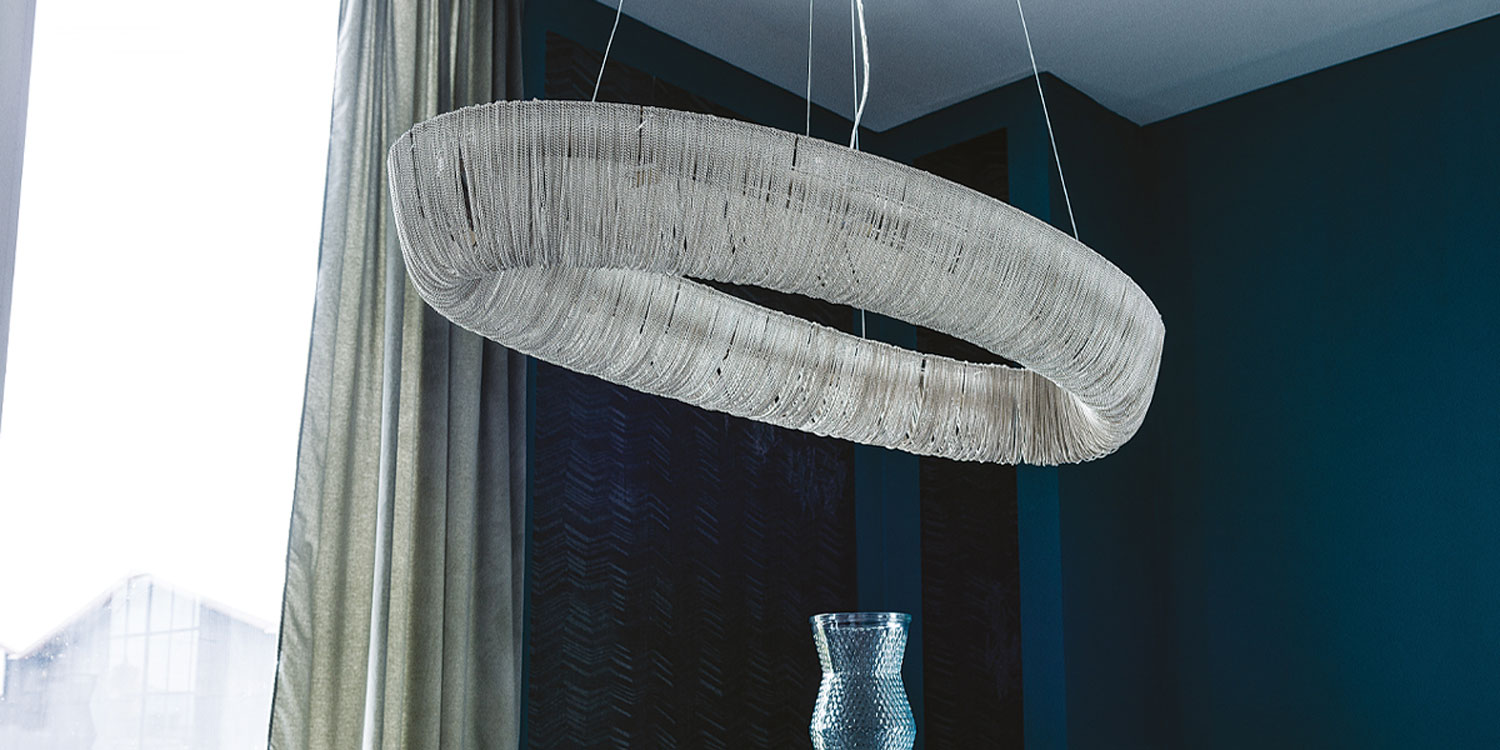
Our team at the FCI London showroom often gets asked: “Do LEDs use a lot of electricity in home lighting?”
LED (light-emitting diode) lights have become increasingly popular in recent years due to their energy efficiency and long lifespan. They are often used in residential and commercial settings and can be found in various forms, including light bulbs, tubes, and panels.
However, when it comes to home lighting, many people have a common concern about whether or not LEDs use a lot of electricity. In this article, we will take a closer look at how they work and how much energy they use compared to other types of light bulbs. Read on to find out more.
Compared to standard incandescent lamps, LEDs have many advantages, efficiency being the most important.
But how exactly do they work? Instead of relying on a filament or gas, LED bulbs use a semiconductor along which electrons stream to produce electromagnetic radiation which, to the human eye, takes the form of visible light.
Aside from household and commercial lighting, there are countless ways to use LEDs, some of which are still being put into practice. They are commonly found in electrical equipment including mobile phones, large-scale advertising billboards, traffic lights and gadgets.
Talk to a one of our designers now or book an appointment.

Book A Video Chat
Book a zoom consultation and we’ll advise you on furniture, space planning, wardrobes and more.
Book A Video Chat
Book A Showroom Visit
Let our experts guide you through our 30,000 sq. ft. showroom with over 700 luxury brands under 1 roof.
Book A Consultation
Email, call or book a virtual video chat with our sales team. Ask questions with no obligations.
Chat NowIn the production of LED light, very little heat is emitted. For this reason, they are far more power-efficient than filament lights, significantly reducing the amount of electricity needed. This makes them an attractive option for homeowners and businesses looking to save money and reduce their carbon footprint.
The bottom line is that more than 75% less energy is used by LED bulbs than by incandescent lighting and this difference is significantly bigger at lower power levels. Brilliant LED flood lights, for example, have a light output similar to a 50-watt incandescent bulb while using only 11 to 12 watts.
This means that a typical 84-watt fluorescent bulb can be replaced by a 36-watt LED to give the same level of light output. So, whether you’re after a gorgeous ceiling lamp for your living room or a more focussed table lamp to illuminate your desk, if you want to save money and energy, they’re a far better option.
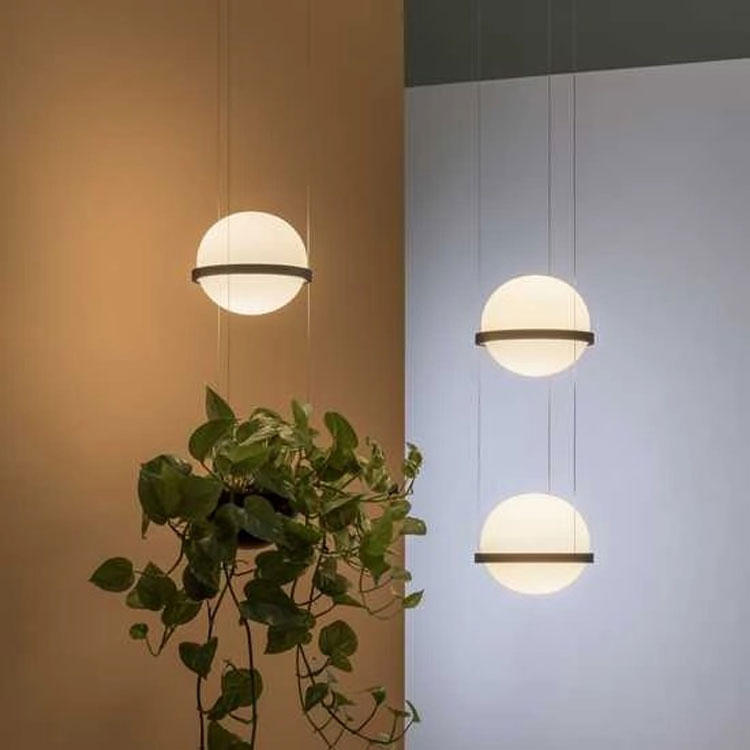
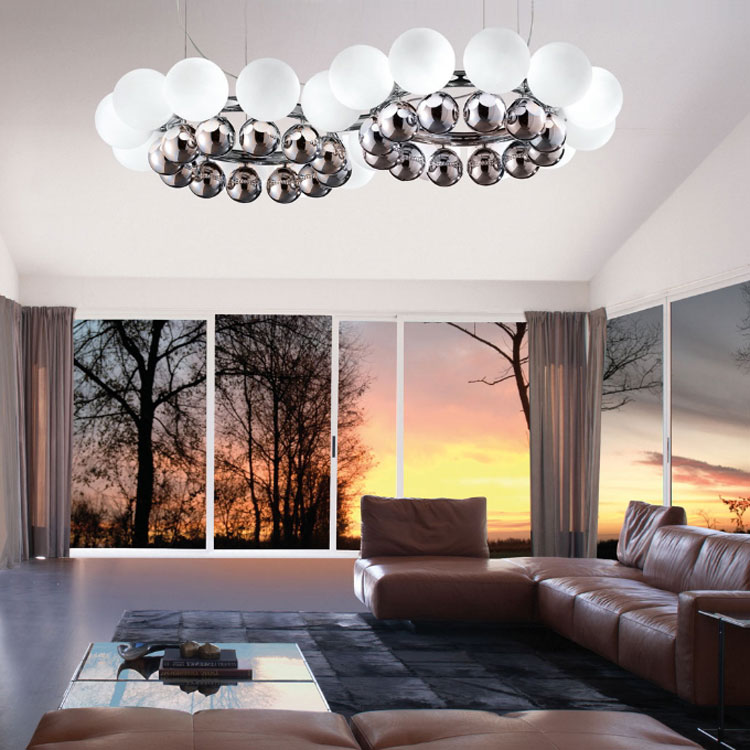
Aside from energy efficiency, there are many advantages to using LEDs in your home or office. Here are some of their most notable benefits:
The switch from traditional bulbs to LEDs is similar to upgrading from a horse-drawn carriage to a car – both are transportation methods, but the car provides a much faster and more efficient journey.
Our professional designers are often asked: “How can you save money on your electricity bills and reduce your carbon footprint by using LED lights in your home or office space?” Here are some tips:
1. Using LEDs in areas where lights are on for extended periods of time, for example in a living room or kitchen, can result in significant energy savings.
2. Installing LED light strips or panels is a more energy-efficient alternative to traditional fluorescent lights.
3. Dimmable LED lights can be adjusted to match the room's lighting needs, which can help reduce electricity consumption.
4. LED lights can be controlled through a smartphone or tablet, enabling you to turn them off when they are not needed or program them to turn on at specific times.
By implementing one or more of these methods, you will significantly reduce your carbon footprint and save on your electricity bills to boot!
While LED lights have many benefits and are generally considered to be a safe lighting option for homes and offices, there are a few drawbacks to be aware of:
1. Initial cost: LED lights can be more expensive than traditional incandescent bulbs, although the cost has decreased significantly over the years. But this is offset by their energy savings and longer lifespan making them cheaper in the long run.
2. Colour temperature: Many LED lights have a "cooler" colour temperature than traditional bulbs, which can take some getting used to. However, they are now available in various formats, from warm white to cool white, so it's possible to find one that matches your preference.
3. Flicker: Some LED lights may flicker at a high frequency, which can be harmful to people with certain medical conditions such as migraines, seizures, and eye diseases.
4. UV emissions: While this is not a common occurrence, some LED lights emit UV radiation which can be damaging to fabrics and artworks.
LEDs are energy efficient, long-lasting and cost-effective, making them a fantastic lighting solution for both residential and commercial settings.
If you’re embarking on a refurbishment project and would like some advice on how to create a modern lighting plan in your home, get in touch with our expert design team today or pop into our showroom for a guided tour.
You can also browse through our latest projects page to see how we’ve incorporated bespoke lighting to create homes that radiate style, ambiance, functionality and charm.
Get In Touch
Book A Video Chat
Book a video consultation and we'll advise you on furniture, space planning, colour schemes and much more.
Book A ConsultationVisit Our Showroom
Book a visit to our stunning, multi award-winning, 30,000 sqft.
Over 700 brands under 1 roof.
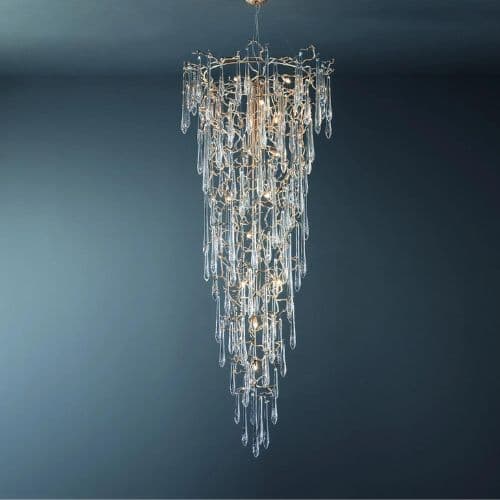

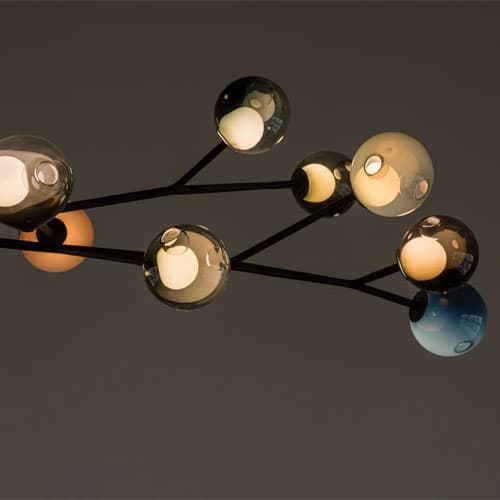
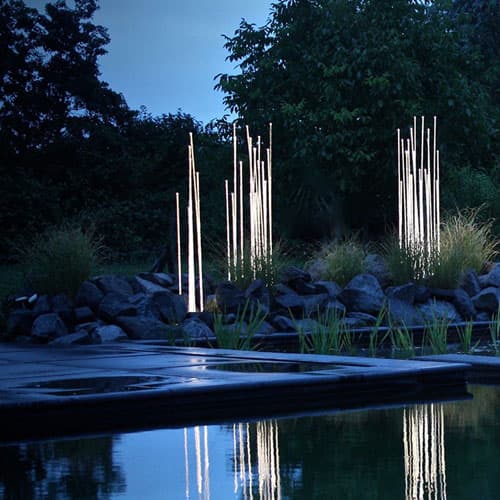
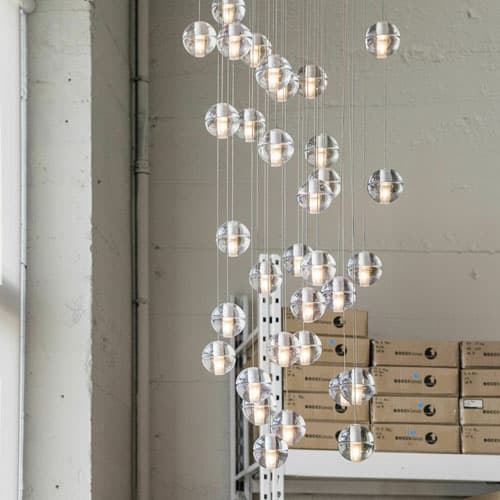
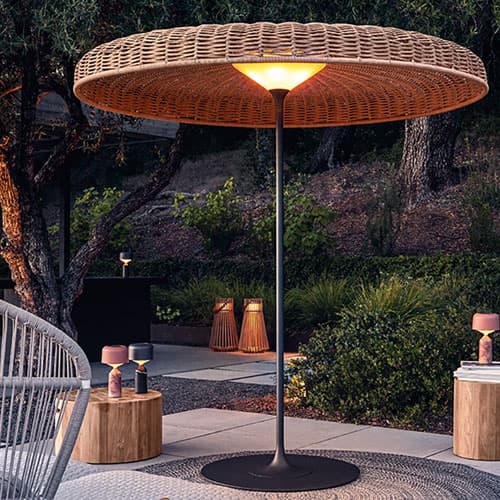
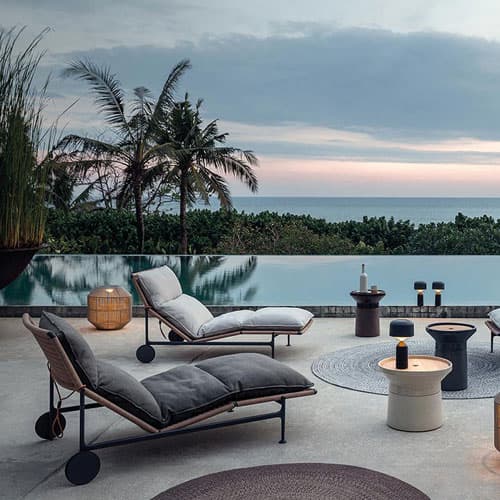
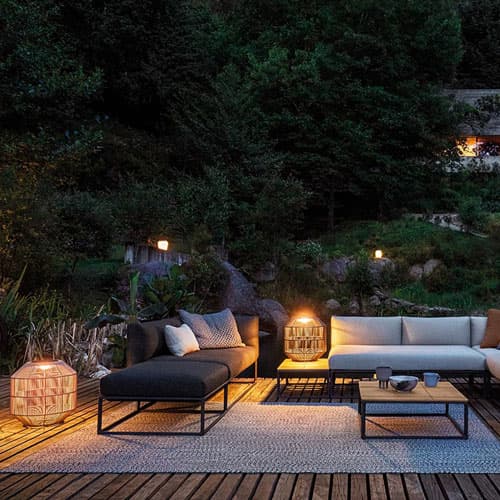
Most Popular on FCI London: Fitted Wardrobes | Luxury Designer Rugs | Luxury Sofas | Luxury Furniture Store | Luxury Interior Designers | Luxury Bedroom Furniture | Luxury Modern Chairs | Luxury Coffee Tables | Luxury Designer Kitchens | Luxury TV Units | Luxury Dining Tables | Luxury Storage Solutions | Luxury Sideboards | Luxury Stools & Bar Stools
Transparency isn’t a policy. It’s a principle.
Have a peek at what our clients really have to say.
